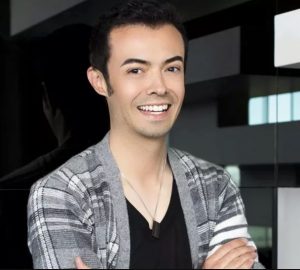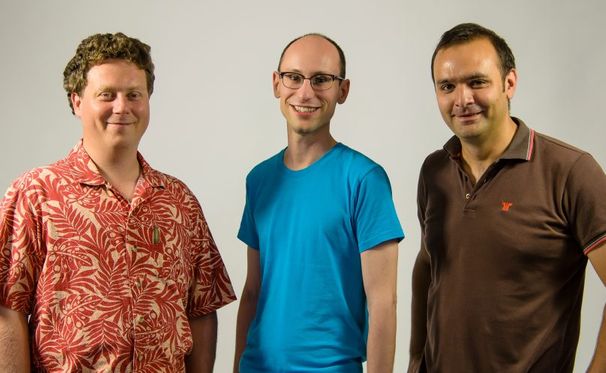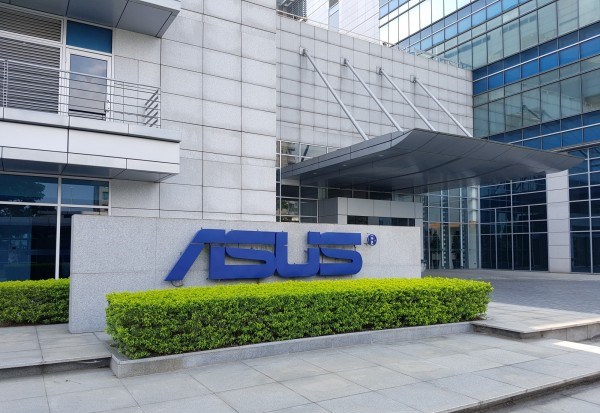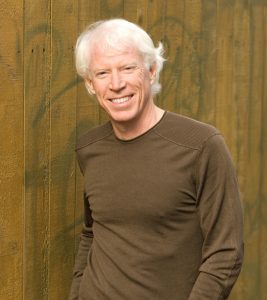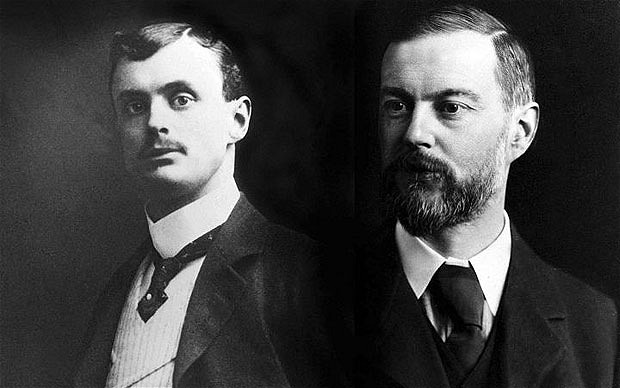John McAfee : The American Computer Programmer and the Founder Antivirus Firm McAfee
The rise of the internet has brought a lot of facilities for humans. But for every good thing, one has to pay the price. With the increased facilities, there is another thing which is growing at a fast pace, i.e. Cyber Crime. As much as your valuables are important, your identity is too. But with cyber-crimes expanding, it is very hard to keep one’s identity inclosure. Hacking is at its prime with hackers have been spread all over the world. But how could it be possible that humans would not look out for a solution to this problem, too?
There exist antiviruses and several other safety measures that make one’s data safe from those hackers. One of these antiviruses is McAfee Antivirus, which, as of now, is the largest dedicated security technology. The founder of McAfee, John McAfee, also shares a story which is none the less than the rise and falls of a rollercoaster ride.
Early Life
McAfee was born in Forest of Dean, Gloucestershire, the United Kingdom on September 18, 1945. He was raised by his mother in Virginia. His father, at quite a young age, committed suicide. This incident left McAfee with a scar in his memory. He received a bachelor’s degree from Roanoke College. And, the same college awarded him with an honorary Sc.D. degree in 2008.
Career
McAfee always had an entrepreneurial spirit in him. During his college days, he started his business career by selling magazines door to door. Alongside, he started working at a company that coded punch card systems in the late 60s. With this job in the hand, he learnt basic computer operations. And, with this computing knowledge, he acquired a job at Missouri Pacific Railroad, where he helped the company to use IBM systems to calibrate train schedules. During this time, he got addicted to drugs and with time the addiction was only increasing.
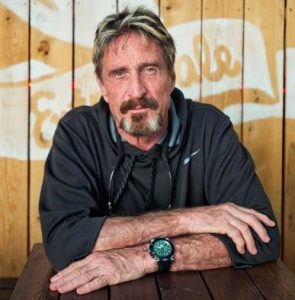
One of the interesting stories that revolve around this is that once McAfee was sold a bag of DMT (Hallucinogenic drug). He sniffed a little bit of it and felt nothing. So he decided to sniff out the whole bag. When he did, the world around him changed as if the hell breaks loose. He ended up hiding behind a trash can hearing voices and hoping that no one would look at him.
After this incident, he never went back to the Pacific job. He moved to the Silicon Valley, in the 1970s, where he was employed as a programmer by NASA’s Institute for Space Studies in New York. McAfee switched many jobs starting from NASA to Univac as a software designer, to Xerox as an operating system architect, and then moving to Computer Sciences Corporation. He also worked for Booz Allen Hamilton. This was all going on, while he remained high on drugs. It was until 1983 that he got clean. While working for Lockheed, he came across the first computer virus. Computers in that era were still a new concept, but for McAfee, the virus situation became an opportunity. He decided to start his own company to fight back viruses.
Founding McAfee
In 1987, he founded McAfee Associates, a computer anti-virus company. He started working full time at the company. Initially, the company operated through his home in Santa Clara, California, which now is the headquarters of the company. By the end of the 1980s, the company made around $5 million and was the best anti-virus software that was in the market.
The company’s large popularity was due to the virus “Michelangelo”, which entered the digital scenario in 1992. Due to the rise of Michelangelo, McAfee Associates too rose, as the fever of security got into many minds. In 1992, it was incorporated in Delaware, and in 1994, McAfee resigned from the company keeping some shares to himself. As McAfee Associates became a multimillion-dollar business, the company went public, and McAfee sold all the remaining shares giving him nearly $100 million. McAfee Associates was merged with Network General to form Network Associates. In 2004, the name of the company changed to McAfee Inc.
In August 2010, Intel announced that it would be acquiring all the services of McAfee Inc., keeping the company separated. The deal was valued nearly $7.68 billion and $48 a share.
John, when asked about the acquisition, gave a surprising expression by saying, “I am now everlastingly grateful to Intel for freeing me from this terrible association with the worst software on the planet. These are not my words, but the words of millions of irate users.”
Life After McAfee
After leaving McAfee, John looked for a low-profile life. He started giving lectures at business schools, startup advice to the young and worked on his own projects. He worked on ‘Tribal Voice’ and ‘PowWow’ which, however, could not make the mainstream. In 2009, a report from The New York Times suggested that McAfee was hit hard by the global recession of 2008, which reduced his $100 million to a mere $4million. Although, McAfee denied the report and has always referred it to as false. In the late 2000s, McAfee sold his land and decided to move to Belize. He believed that he could enter the Antibiotics industry and make a product that would, eventually, cure illness using plants. In February 2010, he alongside his microbiologist friend Allison Adonizio opened a company, named QuorumEx. The company was headquartered in Belize and aimed to produce natural antibiotics.
The Journey of McAfee (The Company)
McAfee is premium in its services. It provides digital security tools for every bit of your computer. Some of the services that it provides are – IntruShield; McAfee Anti-Malware Engine Core; Change Control; DAT Reputation; Site Advisor; Virus Scan.
The company also has come with important acquisitions to strengthen its build. It acquired Nitro Security in October 2011, which enabled McAfee to provide high-performance security and event management solutions. Another acquisition that the company made is tenCube. This allowed it to provide mobile security for anti-theft and data security. Several other purchases the company made are Trust Digital, Sentrigo, ValidEdge, Stonesoft, Site Advisor, Foundstone, Onigma Ltd., TunnelBear, and many more. McAfee is today, the largest firm when it comes to security technology.
Hence, the story of the McAfee, the company, and its founder, John McAfee, vividly say that fortunes do come with hard work but they need to be preserved using one’s persona and attitude.

Raghav is a student and a content writer. He loves to write about emerging as well as the existing technologies around and about the ones who bring them to you. Music is the other passion that Raghav processes. It is like the fuel to his body. He is also in writing songs and poems. He believes that life is short, so live the best out of what you have got. Raghav considers himself a sci-fi guy, having stories and tech all around in his head, all the time.


